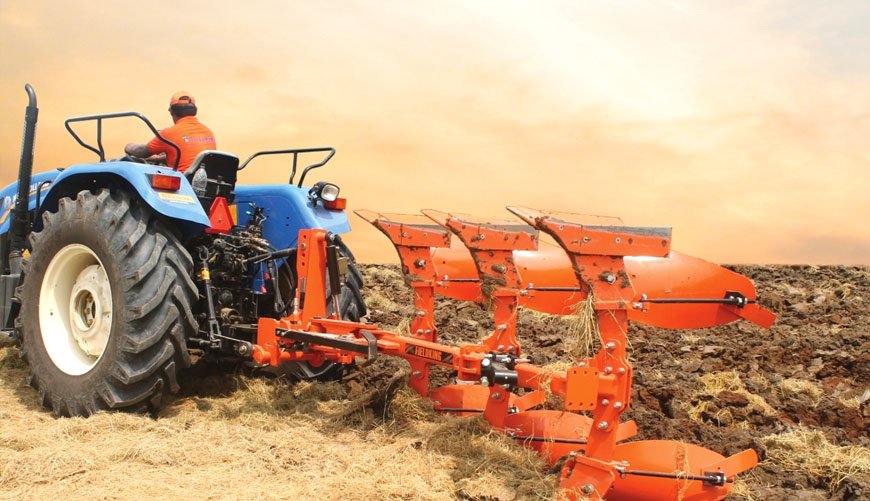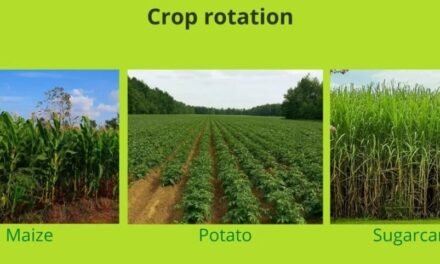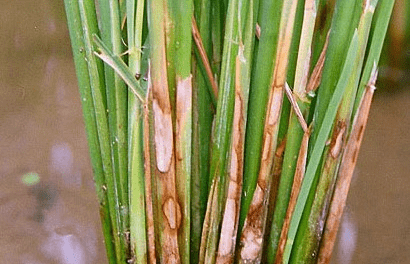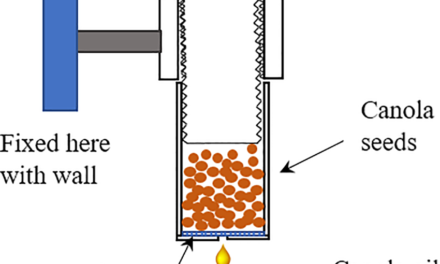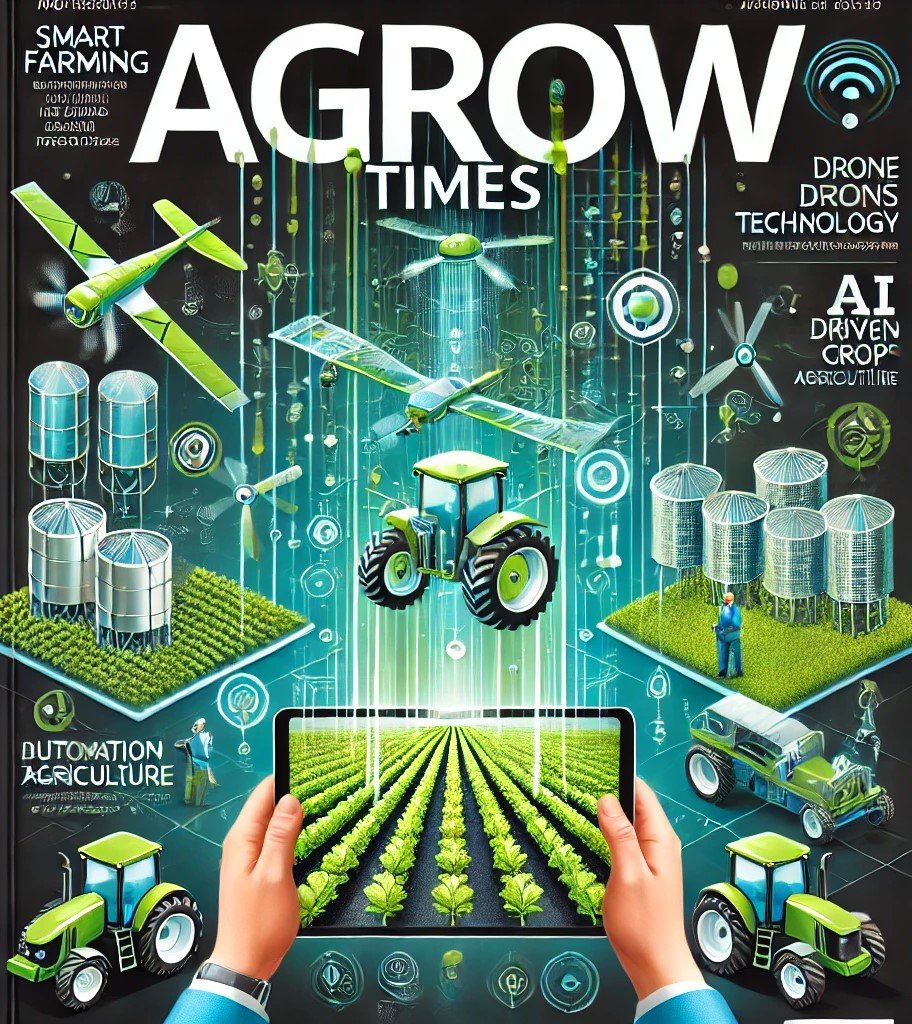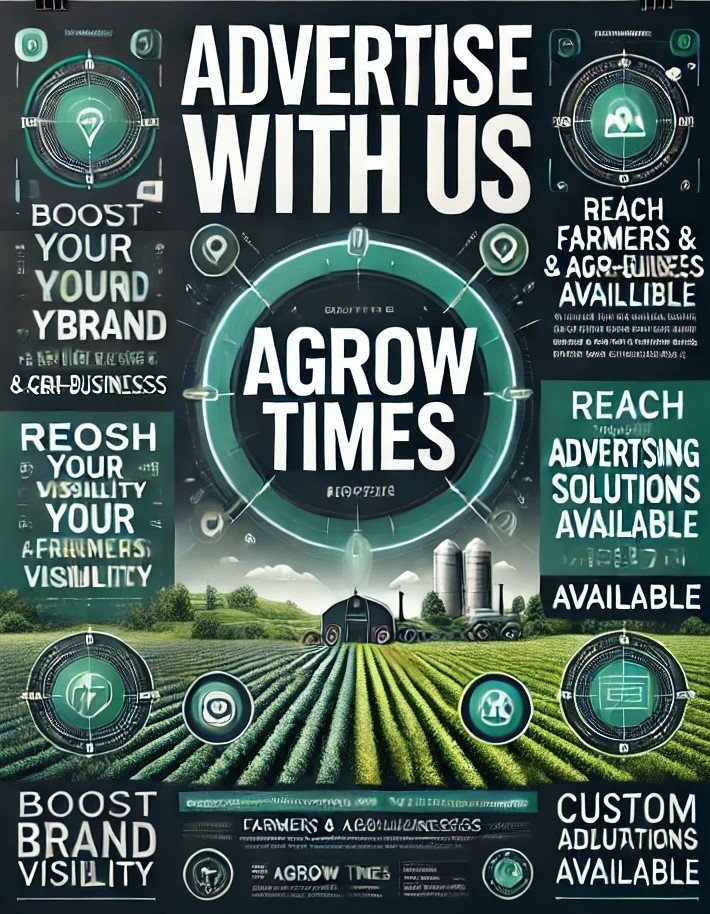When purchasing a plough, farmers need to consider several factors to ensure the tool meets their farming needs and works effectively with their equipment and soil conditions. Here are the key considerations:
1. Farm Size and Type
- Small Farms: A single-furrow or two-furrow plough may be sufficient for smaller areas.
- Large Farms: For larger farms, multi-furrow ploughs or disc ploughs that can cover more ground quickly are more appropriate.
2. Type of Soil
- Heavy/Clay Soil: Requires a robust plough like a disc plough or heavy-duty moldboard plough to handle the soil’s weight and stickiness.
- Light/Sandy Soil: A lighter plough, such as a tine or chisel plough, is more suitable.
- Rocky or Stony Soil: Requires ploughs with special mechanisms, such as spring-loaded tines, to handle obstructions.
3. Type of Crop and Farming Practices
- Deep-Rooted Crops: A chisel or subsoiler plough is ideal for breaking up hardpan layers to facilitate deeper root penetration.
- Shallow-Rooted Crops: A moldboard plough can work well to turn over the topsoil.
- Conservation Farming: Opt for no-till or reduced-tillage ploughs to minimize soil disturbance and erosion.
4. Tractor Compatibility
- Horsepower Requirements: Match the plough to the power output of your tractor. Larger ploughs need higher horsepower tractors.
- Hitch System: Ensure the plough is compatible with your tractor’s hitch system (e.g., Category I, II, or III three-point linkage).
- Weight Considerations: Ensure your tractor can handle the plough’s weight, especially when working on uneven terrain.
5. Plough Type
- Moldboard Plough: Suitable for traditional tillage, turning over soil, and burying residues.
- Disc Plough: Better for hard or rocky soil, as the discs can cut through obstacles more easily.
- Chisel Plough: Ideal for breaking hardpan without turning over the soil.
- Subsoiler: Penetrates deeply to improve drainage and root growth.
- Rotary Plough: Efficient for breaking down clods and mixing organic material into the soil.
6. Durability and Material
- Blade Material: Look for high-quality, hardened steel or tungsten-coated blades for durability and wear resistance.
- Frame Strength: Ensure the plough has a sturdy frame to handle tough conditions without bending or breaking.
7. Adjustability and Customization
- Depth and Width Adjustment: Allows for flexibility in tillage depth and row width, depending on soil type and crop requirements.
- Interchangeable Parts: Ploughs with replaceable components like discs, shanks, or shares are more cost-effective in the long term.
8. Maintenance Requirements
- Ease of Cleaning: Ploughs should be easy to clean, especially after working in sticky soils.
- Availability of Spare Parts: Choose brands or models with readily available replacement parts in your region.
9. Budget
- Initial Cost vs. Long-Term Value: While cheaper ploughs may save money initially, investing in a durable, well-built plough can save costs in the long term by reducing breakdowns and maintenance.
- Financing Options: Check for financing schemes or subsidies from the government or agricultural organizations.
10. Manufacturer Reputation and Support
- Brand Reliability: Research brands known for producing high-quality agricultural equipment.
- Warranty and Service: Opt for a plough that comes with a warranty and access to after-sales support.
11. Environmental and Local Regulations
- Conservation Requirements: In some regions, certain tillage methods or plough types are regulated to prevent soil erosion and degradation.
- Land Topography: Consider if the plough is suitable for the slopes or contours of your land.

